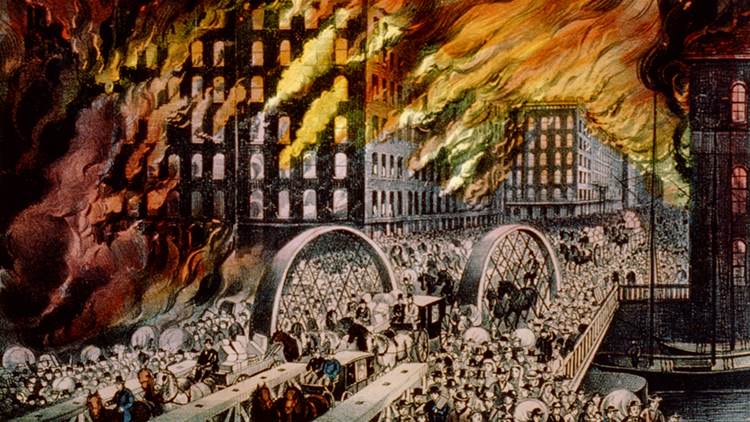
It was just past noon on Tuesday, March 5, 1968 in East Los Angeles. Suddenly, thousands of students in four different high schools got up and left their classrooms at the same time. They began a peaceful protest. Why did they leave class and what were they protesting?
At the time, over 75 percent of the students in East Los Angeles were Mexican American [Americans linked to Mexico by birth or heritage]. East Los Angeles schools were funded less than any other schools in the city. Students were punished if they spoke Spanish in school. They had very few teachers and administrators of Mexican American descent and they did not learn about Mexican history or culture. Additionally, Mexican American students were pushed into classes that prepared them for labor jobs rather than classes that prepared them for college. They were not getting the same level of education as students in other Los Angeles Schools.
One of the few Mexican American teachers in East Los Angeles, Sal Castro, began to teach students about Mexican history and culture. Inspired by the civil rights movement in the Deep South, students began to organize around him. They met with the school board asking for more equality in their schools. The school board ignored their requests, so the students decided to protest by holding a walkout.
The students faced serious opposition from authorities. Police tried to push them back into school. They beat some students and arrested 13 people, including Sal Castro, who was fired from his teaching job. Still, the students continued their walkout protest for the next four days. The movement grew throughout the southwestern United States. More than 10,000 students, of all ethnicities, joined in the walkout. The school board met and agreed to some of the students’ demands. They claimed they didn’t have funds for other demands. Charges were dropped against demonstrators who were arrested, and Sal Castro was reinstated as a teacher.
The effects of the walkouts went beyond a few small improvements in schools. Mexican Americans began to fight for their voice in the wider Los Angeles community. Additionally, they paved the way for many Hispanic students [students linked by birth or heritage to Spanish-speaking countries] to demand equality in their schools.
What Do You Think? What are ways you think learning could be improved at your school? How would you suggest improving things?
Photo Credit: Hal Schulz/Los Angeles Times/Getty Images



